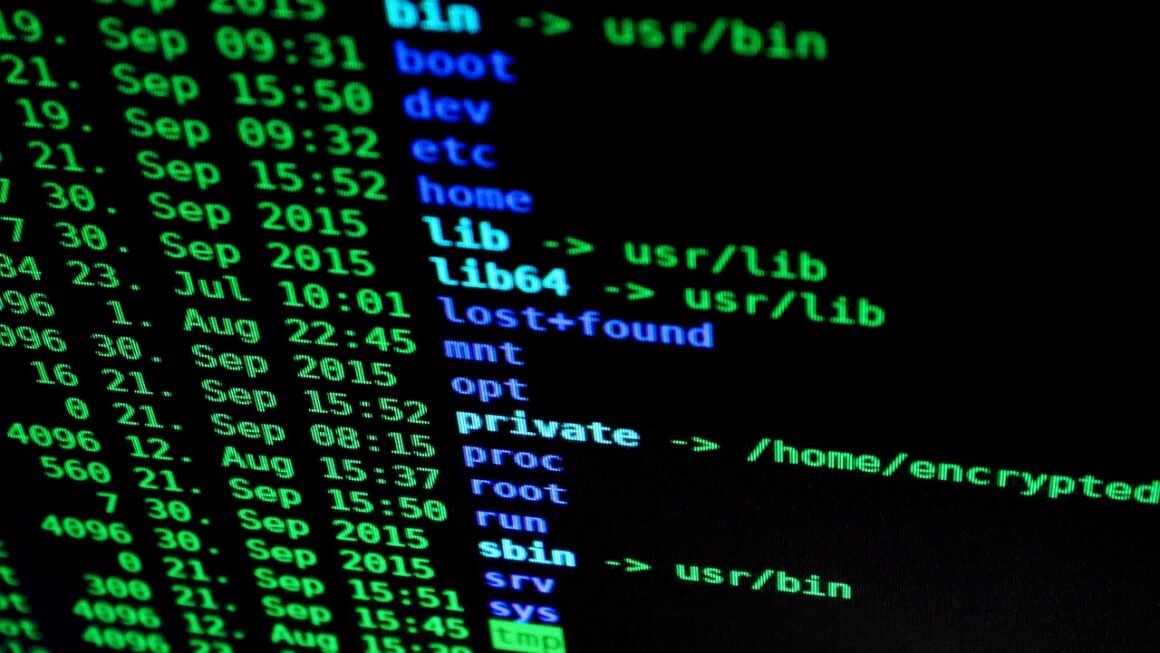Patch management is the unsung hero of cybersecurity, diligently working behind the scenes to keep your systems safe from vulnerabilities. In today’s rapidly evolving threat landscape, neglecting patch management is akin to leaving your front door wide open for cybercriminals. This comprehensive guide will delve into the intricacies of patch management, exploring its importance, best practices, and the tools you need to establish a robust patching strategy.
What is Patch Management?
Defining Patch Management
Patch management is the process of identifying, acquiring, testing, and deploying software updates (patches) to computer systems and applications. These patches are designed to address security vulnerabilities, fix bugs, and improve performance. A well-defined patch management program is essential for maintaining a secure and stable IT environment.
Why is Patch Management Important?
The importance of patch management cannot be overstated. Ignoring updates can lead to severe consequences, including:
- Data breaches: Unpatched vulnerabilities are a prime target for attackers.
- System downtime: Malware infections resulting from unpatched systems can cause significant disruptions.
- Compliance violations: Many regulations (e.g., GDPR, HIPAA) require organizations to implement robust security measures, including patch management.
- Reputational damage: A security breach can damage your organization’s reputation and erode customer trust.
For example, the Equifax data breach in 2017, which exposed the personal information of approximately 147 million people, was attributed to a failure to patch a known vulnerability in the Apache Struts web framework. This incident highlights the potentially devastating consequences of neglecting patch management.
Key Components of a Patch Management Program
Inventory Management
- Asset Discovery: Identify and catalog all hardware and software assets within your environment. This includes servers, desktops, laptops, mobile devices, and network devices.
- Software Version Tracking: Maintain an accurate record of the software versions installed on each asset. This information is crucial for determining which systems are vulnerable and require patching.
- Example: Use a network scanning tool to automatically discover devices and software on your network. Maintain a centralized database to store asset information.
Vulnerability Scanning and Assessment
- Regular Scans: Conduct regular vulnerability scans to identify systems with missing patches or known security weaknesses.
- Risk Prioritization: Prioritize vulnerabilities based on their severity, exploitability, and potential impact on the organization.
- Vulnerability Database: Leverage vulnerability databases like the National Vulnerability Database (NVD) and exploit databases to stay informed about emerging threats.
Patch Acquisition and Testing
- Patch Sources: Obtain patches from trusted sources, such as software vendors’ websites or automated patch management tools.
- Testing Environment: Establish a testing environment to evaluate patches before deploying them to production systems. This helps identify potential compatibility issues or unintended consequences.
- Rollback Plan: Develop a rollback plan in case a patch causes problems. This allows you to quickly revert to the previous state and minimize disruption.
Patch Deployment
- Staged Deployment: Deploy patches in stages, starting with a small group of systems and gradually expanding to the entire environment. This allows you to identify and address any issues before they affect a large number of users.
- Automated Deployment: Automate the patch deployment process to improve efficiency and reduce the risk of human error.
- Maintenance Windows: Schedule patch deployments during off-peak hours or maintenance windows to minimize disruption to users.
Monitoring and Reporting
- Patch Status Tracking: Track the status of patch deployments to ensure that all vulnerable systems are patched.
- Compliance Reporting: Generate reports to demonstrate compliance with regulatory requirements.
- Continuous Monitoring: Continuously monitor systems for new vulnerabilities and patch compliance.
Best Practices for Effective Patch Management
Establish a Clear Policy
- Document Procedures: Create a comprehensive patch management policy that outlines procedures for identifying, testing, and deploying patches.
- Roles and Responsibilities: Define clear roles and responsibilities for each stage of the patch management process.
- Regular Review: Review and update the policy regularly to reflect changes in the threat landscape and the organization’s IT environment.
Prioritize Patching
- Risk-Based Approach: Prioritize patching based on the severity of the vulnerability, the exploitability of the vulnerability, and the criticality of the affected system.
- Zero-Day Exploits: Prioritize patching for zero-day exploits, which are vulnerabilities that are actively being exploited in the wild.
- Critical Systems: Patch critical systems, such as servers and network devices, as quickly as possible.
Automate the Patching Process
- Patch Management Tools: Utilize patch management tools to automate the process of scanning for vulnerabilities, downloading patches, testing patches, and deploying patches.
- Scheduling: Schedule regular patch scans and deployments to minimize the risk of unpatched vulnerabilities.
- Reporting: Use reporting features to monitor patch compliance and identify systems that are not being patched properly.
Maintain a Comprehensive Inventory
- Asset Management: Implement an asset management system to track all hardware and software assets in the organization.
- Software Inventory: Maintain an accurate inventory of all software installed on each asset.
- Regular Audits: Conduct regular audits to ensure that the asset inventory is up-to-date.
Test Patches Thoroughly
- Testing Environment: Establish a dedicated testing environment that mirrors the production environment.
- Regression Testing: Conduct regression testing to ensure that patches do not introduce new problems or break existing functionality.
- User Acceptance Testing: Involve users in the testing process to ensure that patches meet their needs and do not disrupt their workflows.
Monitor Patch Compliance
- Patch Status Reporting: Generate reports to track the status of patch deployments and identify systems that are not compliant.
- Dashboard Monitoring: Use dashboards to visualize patch compliance and identify trends.
- Alerting: Set up alerts to notify administrators when systems are not compliant or when new vulnerabilities are discovered.
Tools for Patch Management
- Microsoft Endpoint Configuration Manager (MECM): A comprehensive system management tool that includes patch management capabilities.
- SolarWinds Patch Manager: An automated patch management solution for Windows and third-party applications.
- ManageEngine Patch Manager Plus: An automated patch management solution for Windows, macOS, and Linux systems.
- Ivanti Patch for Windows: An enterprise-class patch management solution for Windows systems.
- Automox: A cloud-native patch management platform for modern IT environments.
These tools provide features such as:
- Automated vulnerability scanning
- Patch download and distribution
- Patch testing and deployment
- Reporting and compliance tracking
- Integration with other security tools
Conclusion
Effective patch management is a critical component of a robust cybersecurity strategy. By implementing a well-defined patch management program, organizations can significantly reduce their risk of data breaches, system downtime, and compliance violations. Prioritizing patching, automating the process, and utilizing appropriate tools are essential steps in maintaining a secure and resilient IT environment. Make patch management a priority, and you’ll be well on your way to protecting your organization from the ever-evolving threat landscape.



